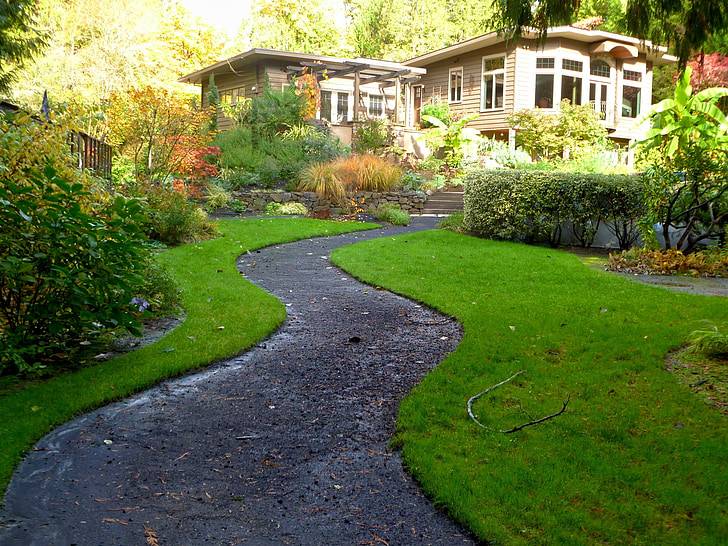As we age, it becomes more challenging to maintain a garden due to physical limitations and decreased energy levels. However, that doesn’t mean you have to give up on gardening altogether. With a few simple adjustments, you can still enjoy the benefits of gardening without the added stress and strain.
One of the best low-maintenance gardening ideas for seniors is to choose native plants. These plants are naturally adapted to your region’s climate and soil, making them easier to care for and less prone to disease and pests. Additionally, they require less watering and fertilizing, which means less work for you. You can also consider incorporating raised garden beds or container gardening, which are easier to access and require less bending and kneeling.
Choosing the Right Plants
When it comes to low-maintenance gardening for seniors, choosing the right plants is key.
In this section, we’ll cover some important considerations for seniors and low-maintenance plant options.
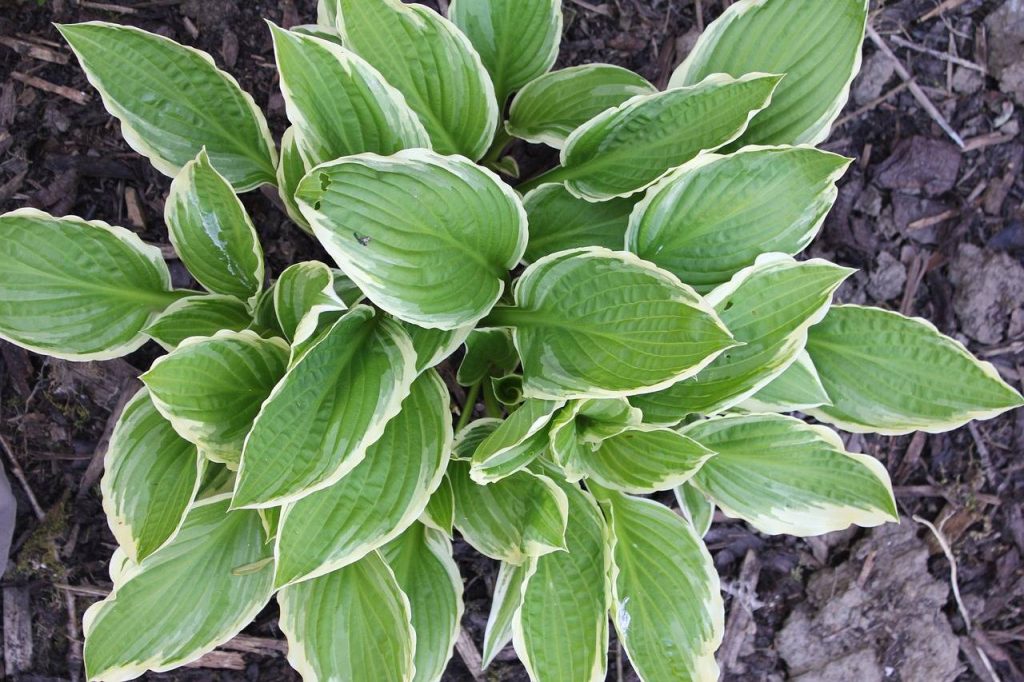
Here are some things to keep in mind when choosing plants:
- Choose plants that are easy to reach: If you have trouble bending or kneeling, choose plants that are at waist level or higher. You can use raised garden beds or containers to make gardening more comfortable.
- Choose plants that don’t require a lot of maintenance: Look for plants that don’t require a lot of watering, pruning, or deadheading. This will save you time and energy.
- Choose plants that are easy to see: If you have vision problems, choose plants with bright colors or large flowers. You can also use markers or labels to help you identify your plants.
Low-Maintenance Plant Options
There are many low-maintenance plants that are perfect for seniors. Here are some options to consider:
| Plant Name | Maintenance Level | Sun Requirements | Water Requirements |
|---|---|---|---|
| Hostas | Low | Partial to full shade | Moderate |
| Sedum | Low | Full sun to partial shade | Low |
| Lavender | Low | Full sun | Low |
| Daylilies | Low | Full sun to partial shade | Moderate |
| Sage | Low | Full sun | Low |
These plants are just a few examples of low-maintenance options. Look for plants that are native to your area, as they will be better adapted to the climate and require less maintenance. Remember to also consider your own personal preferences and gardening style when choosing plants.
Tools and Equipment
Gardening tools and equipment can make a significant difference in the ease and enjoyment of gardening for seniors. Here are some tools and equipment that can help make gardening easier for you:
Ergonomic Tools
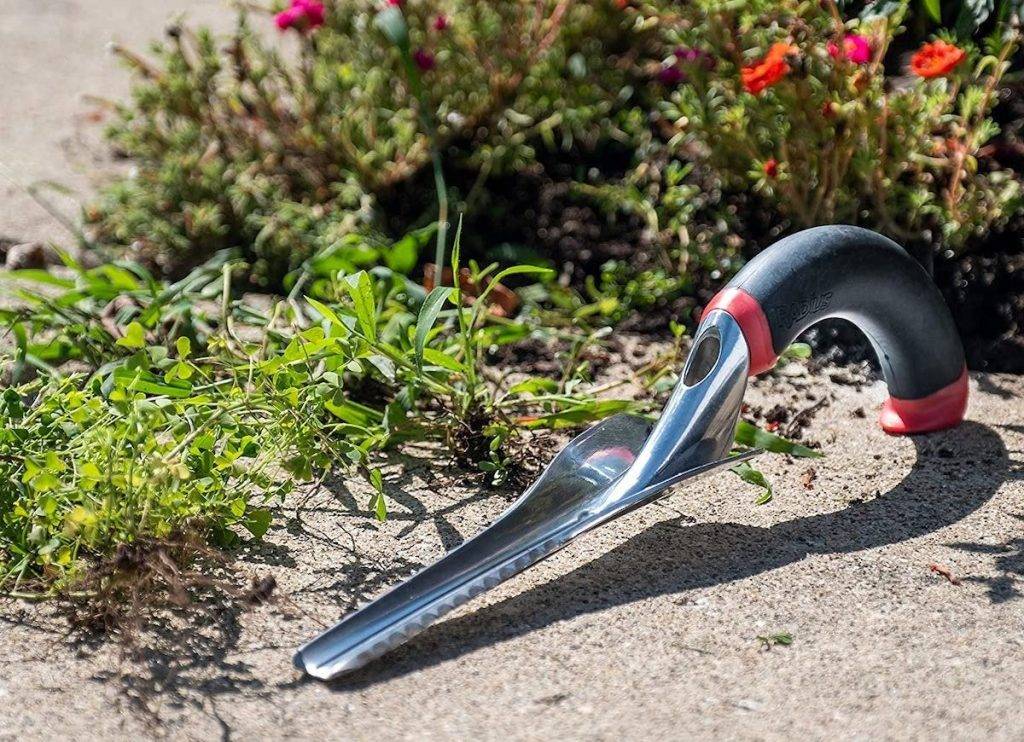
Ergonomic gardening tools are designed to reduce stress on joints and muscles, making gardening more comfortable and less strenuous. Here are some examples of ergonomic tools:
- Ergonomic Garden Shovel: This shovel has a curved handle that reduces the need to bend over, making it easier on your back.
- Ergonomic Garden Trowel: This trowel has a bent handle that keeps your wrist in a neutral position, reducing strain on your joints.
- Ergonomic Garden Pruner: This pruner has a rotating handle that reduces the amount of force needed to cut, making it easier on your hands and wrists.
Assistive Devices
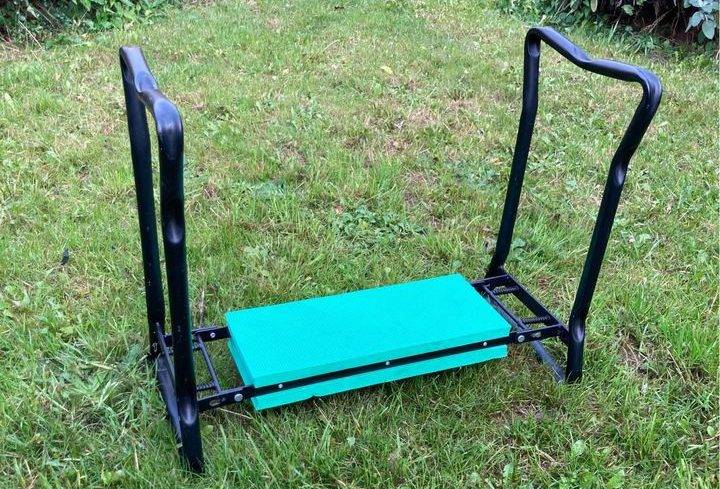
Assistive devices can help seniors with mobility or dexterity issues to continue gardening. Here are some examples of assistive devices:
- Garden Kneeler Bench: This bench allows you to sit or kneel comfortably while gardening, reducing strain on your knees and back.
- Raised Garden Bed: A raised garden bed can be built to a height that is comfortable for you to work in without bending over.
- Self-Watering Planter: This planter has a reservoir that holds water, reducing the need for frequent watering.
When choosing tools and equipment, look for lightweight options that are easy to handle. Consider the size and weight of the tool in relation to your own strength and mobility. Don’t forget to wear gloves to protect your hands and use sunscreen to protect your skin.
Designing Your Low-Maintenance Garden
When designing a low-maintenance garden, there are a few things to consider to ensure it is easy to maintain. This section will cover the layout and accessibility, watering and irrigation systems, and mulching and composting.
Layout and Accessibility
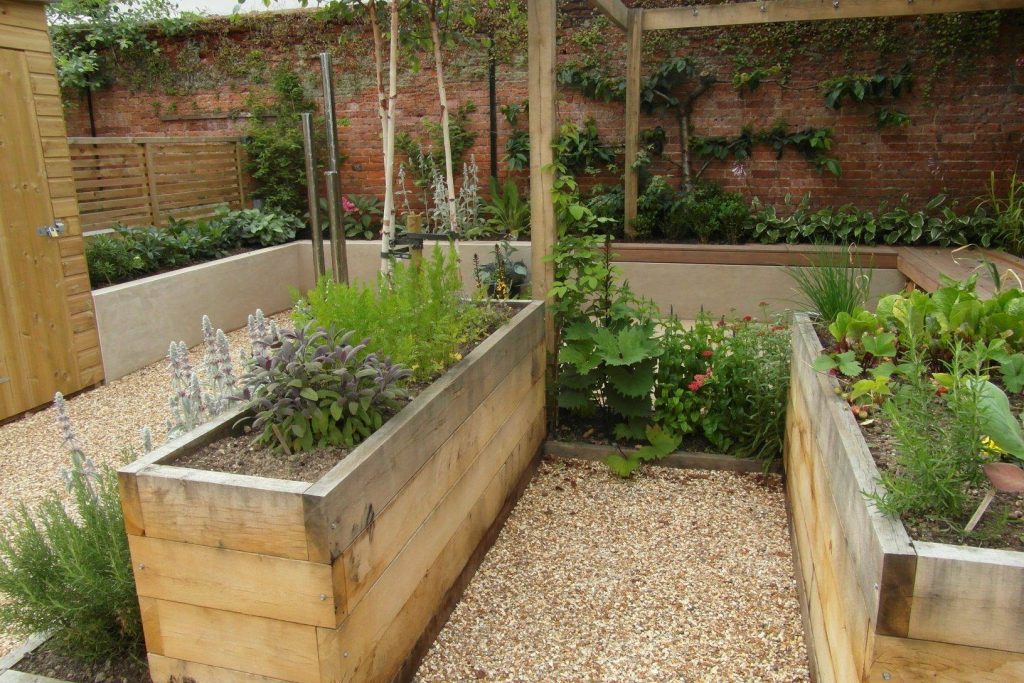
When designing your low-maintenance garden, it’s important to consider the layout and accessibility. You want to make sure that the garden is easy to navigate and maintain. Here are a few tips:
- Create wide paths that are easy to walk on and wide enough for a wheelchair or garden cart.
- Use raised beds or containers to make it easier to reach the plants without bending over.
- Group plants with similar watering and sunlight needs together to make watering and maintenance easier.
- Choose plants that are easy to care for and require minimal pruning and deadheading.
Watering and Irrigation Systems
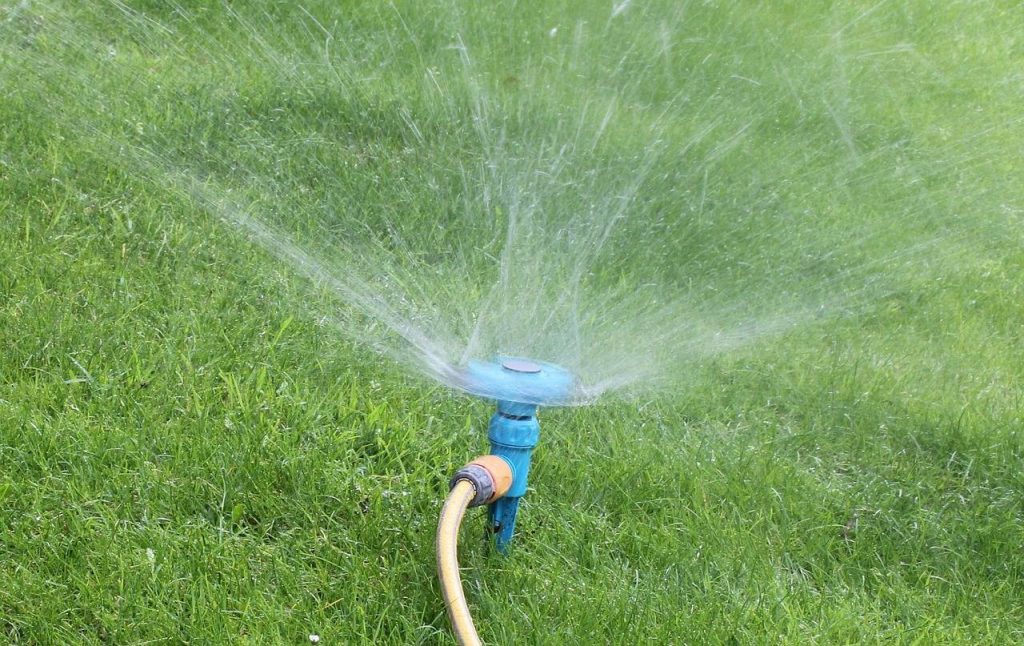
Watering and irrigation systems are essential for a low-maintenance garden. Here are a few tips:
- Install a drip irrigation system that delivers water directly to the roots of the plants. This will save water and time.
- Use a timer to automate the watering process and ensure that the plants receive the right amount of water.
- Choose drought-tolerant plants that require minimal watering.
Mulching and Composting
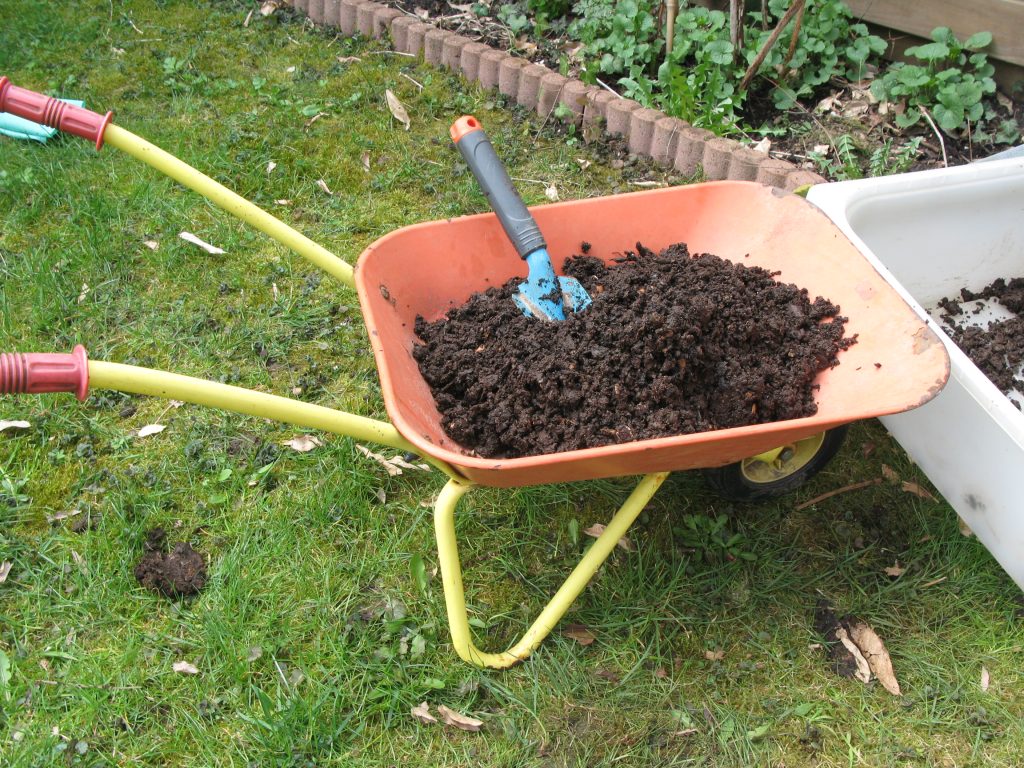
Mulching and composting are great ways to reduce the amount of time and effort required to maintain your garden. Here are a few tips:
- Use organic mulch, such as shredded leaves or bark, to help retain moisture and suppress weeds.
- Compost your kitchen and garden waste to create nutrient-rich soil that will help your plants grow.
- Use a compost bin to make composting easier and more efficient.
By following these tips, you can design a low-maintenance garden that is easy to care for and enjoyable to spend time in.
Other Tips and Tricks
Pest Control
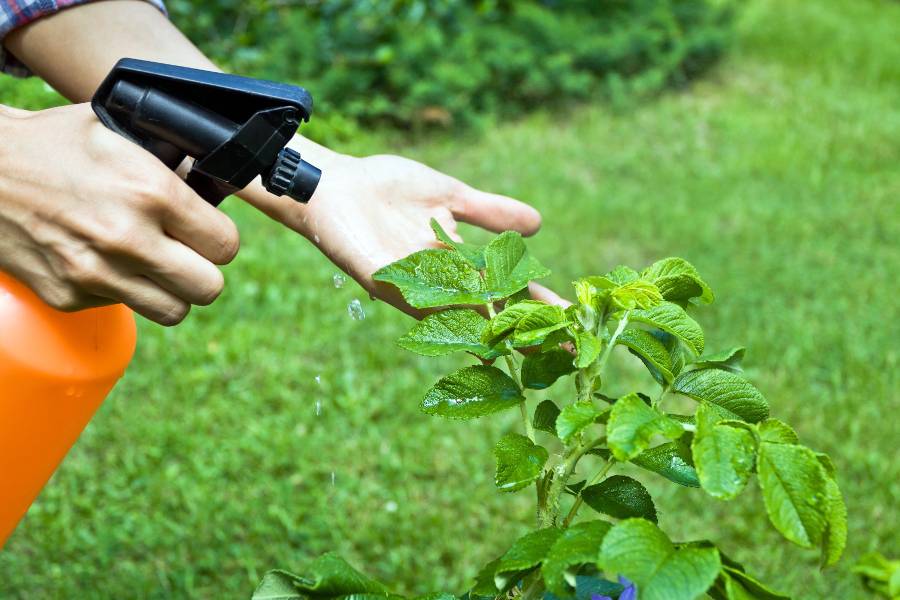
Gardening can be a challenge when it comes to pests, but there are some low-maintenance ways to keep them at bay. One option is to use companion planting, which involves growing certain plants together that naturally repel pests. For example, planting marigolds near your vegetables can help keep aphids away. You can also try using natural pest control methods, such as spraying a mixture of water and dish soap on plant leaves to deter insects.
Seasonal Maintenance
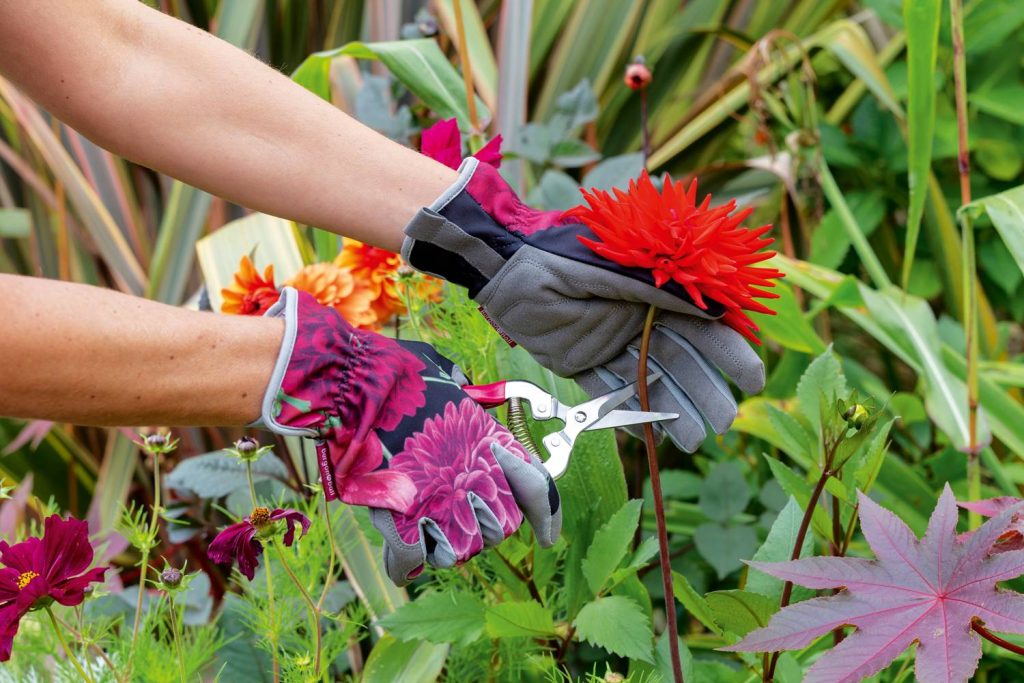
While low-maintenance gardening is designed to require less work overall, there are still some seasonal maintenance tasks you’ll want to keep up with. For example, in the fall, you’ll want to rake up leaves and debris to prevent them from smothering your plants. In the spring, you’ll want to prune back any dead branches and fertilize your plants to encourage healthy growth. Keeping up with these tasks will help ensure your garden stays healthy and vibrant all year long.
Community Involvement
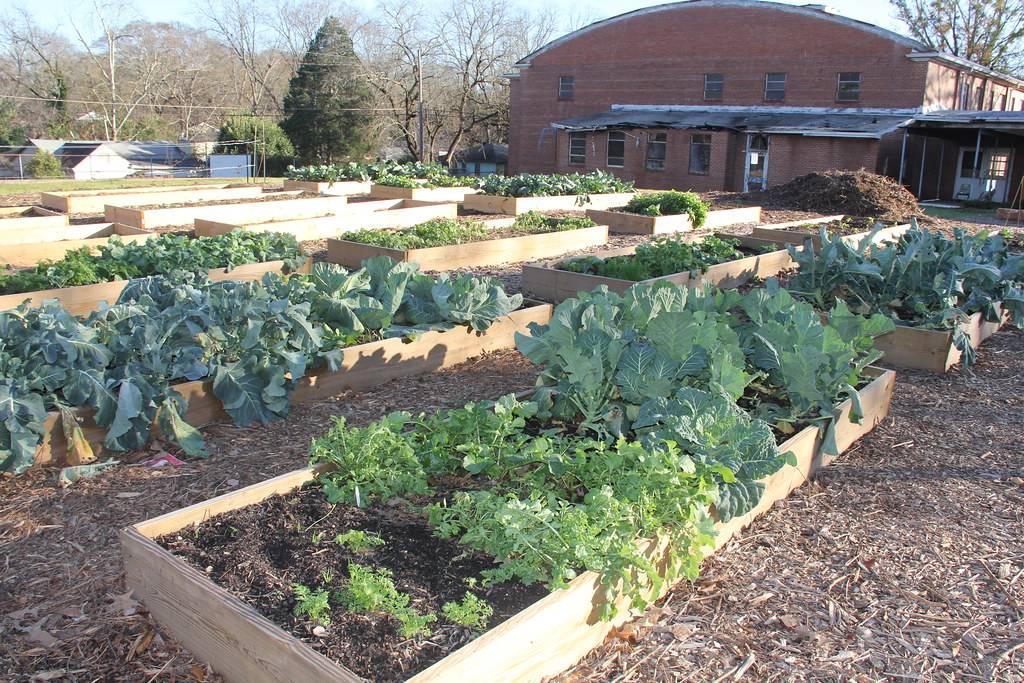
Gardening can be a great way to connect with your community. Consider joining a local gardening club or volunteering at a community garden. Not only will you get to share your love of gardening with others, but you’ll also learn new tips and tricks that can help you improve your own garden. Plus, gardening with others can make the work feel less daunting and more enjoyable.
Overall, low-maintenance gardening is all about finding ways to make gardening easier and more enjoyable. By following these tips and tricks, you’ll be well on your way to creating a beautiful, low-maintenance garden that you can enjoy for years to come.

